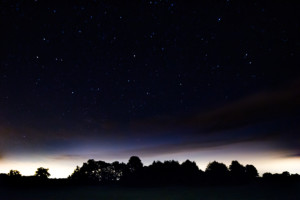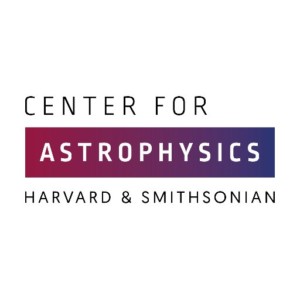Key information for official sites with agreements:
- Camp High Road is open unless specified on Camp High Road specific page
- C.M. Crockett is open only during periods specified on the Crockett specific page
- Meadowkirk observing requires explicit permission. See Meadowkirk page for details
- Sky Meadows State Park is open for vetted volunteers only unless posted on the Sky Meadows specific page
- Spruce Knob Mountain Center: See site specific page or contact site coordinator for availability
Rappahannock County Park is open to members and the public by permit only every Friday and Saturday night. For information about obtaining a permit, contact Torney Van Acker at torney630@gmail.com.
Open Observing Window for C.M. Crockett Park
Rappahannock County Park is open to members and the public by permit only every Friday and Saturday night. For information about obtaining a permit, contact Torney Van Acker at torney630@gmail.com.

RSVP here.
Members of the public are invited to view the wonders of the universe through the telescopes of NOVAC volunteers. You do not need to be a member of the club or own any astronomical equipment to attend. Masks are required and up to 10 visitors at a time are allowed around a single telescope.
Featured objects include Mars, Uranus, the Orion Nebula, various star clusters, and even our closest galactic neighbor, the Andromeda Galaxy.
After arriving at the main gate, take the first left into the gravel parking lot. There should be some telescopes setup in the nearby field. Please dim your headlights if you are arriving after dark and please do not drive onto the field.
Dress warmly! Please check the weather forecast. For lighting, cover a flashlight in red cellophane (the darker the better). Bring along water to keep hydrated and plan on staying the entire evening or as long as the weather allows. Feel free to walk around and enjoy the sights through the telescopes on display but please ask the owner before using. It’s best to control children around expensive astronomical equipment. Remember, telescope mirrors are sensitive to cigarette smoke and bug spray. Pets should not be brought onto the observing field.
Note: This event is weather-dependent and may be cancelled because of significant cloud cover or precipitation.
Please read the C.M. Crockett Page for park details.
Rappahannock County Park is open to members and the public by permit only every Friday and Saturday night. For information about obtaining a permit, contact Torney Van Acker at torney630@gmail.com.
Rappahannock County Park is open to members and the public by permit only every Friday and Saturday night. For information about obtaining a permit, contact Torney Van Acker at torney630@gmail.com.

The Mysterious Great Dimming of Betelgeuse
Dr. Andrea Dupree, Center for Astrophysics | Harvard & Smithsonian
Sunday, March 14, 2021
7:30 PM to 9:00 PM EST
Online event
http://meet.google.com/aoj-rfxn-oqd
Abstract:
The bright cool supergiant Betelgeuse became historically faint a little over one year ago in early February 2020. Various explanations have been offered for its unusual behavior – including conjectures this foreshadows an imminent supernova event. Direct imaging, spatially resolved spectroscopy, polarization measures, infrared, optical and ultraviolet spectra and more help us to unravel what happened to the star. The current state of the star as well as new results from spectroscopic observations with HST will be reported in advance of the next optical minimum expected this spring.
Bio:
Andrea Dupree is an astrophysicist and currently the Head of the Solar, Stellar, Planetary Sciences Division at the Center for Astrophysics | Harvard & Smithsonian in Cambridge, MA. This is the largest research institute for astronomy and astrophysics in the world. She is also a past-President of the American Astronomical Society. Her research interests focus on stars and how they form and evolve, particularly employing spectroscopic techniques for analysis. Andrea has been studying Betelgeuse for a long time – especially from satellites to observe the ultraviolet radiation from the outer layers of the star. She led the team that obtained the first image of a star other than the Sun – Betelgeuse – using the Hubble Space Telescope.
